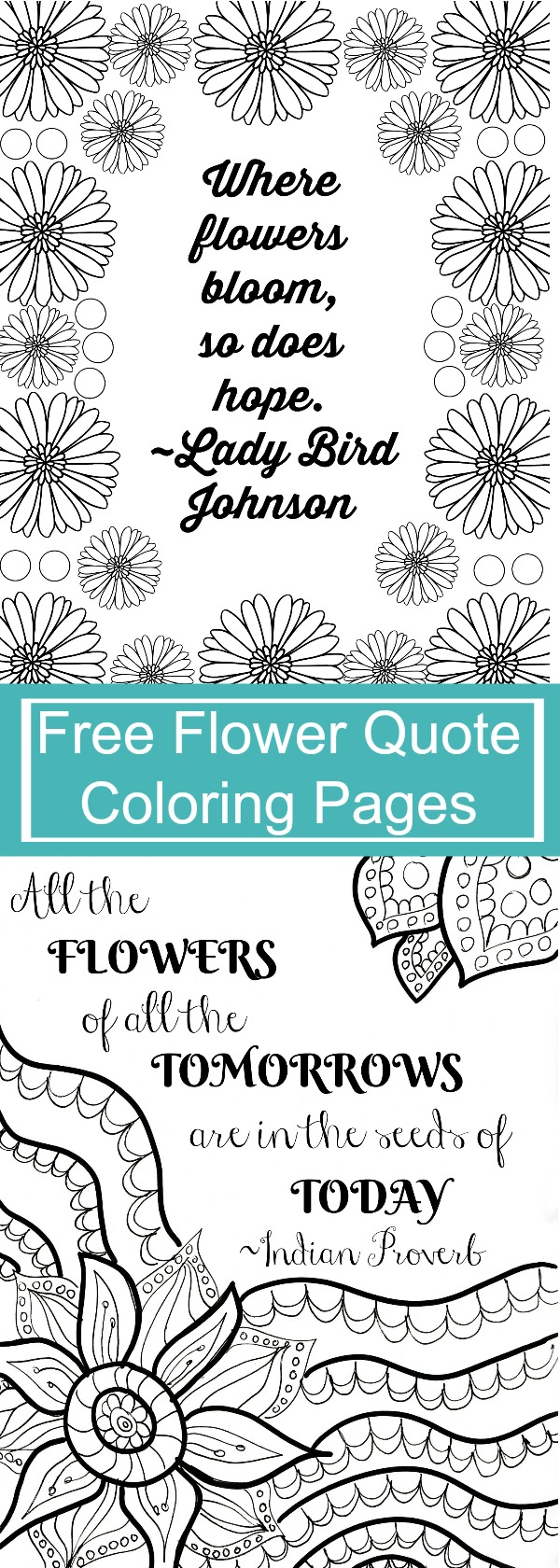How To Do Long Form Journaling
How To Do Long Form Journaling
If bullet journaling really isn’t your thing or you just like to write, check out these tips for how to do long form journaling.
I might be a bit old fashioned, but I’ve always been a pen and paper kind of girl. There is something so relaxing about curling up with my journal. I never used to be a journaling kind of person despite considering myself as a writer. I never felt like I needed a place to air out my thoughts, but I didn’t realize the weight they were carrying on my shoulders.
If you are looking to get started with journaling, long-form journaling can be beneficial! Here is a guide to how to get started with long-form journaling.

What is Long-Form Journaling
When you think of journaling, long-form journaling is probably what comes to mind. When you were a teenager or child, you probably experienced long-form journaling in the form of a diary or notebook that you used to jot your thoughts in.
This is perhaps the best example of long-form journaling. While you can still organize and structure your journal, long-form journaling at it’s most basic form is traditional journaling.

How to Do this type of Journaling
Long-form journaling involves writing in more length than small bullets. For example, your journal could be a budgeting section where you write out your thoughts about that month’s budget. Your wins and failures, or where you write out your mood each day instead of merely writing in a smiley face or frowning face on each day.
Long-form journaling often involves starting with a prompt that you then choose to write about. For example, you may have a navigation or table of contents full of prompts, then pick one to write about for that day.

Tips for Long Form Journaling
Make time for journaling
Journaling is a habit, and just like any habit that you want to implement, you have to work it into your daily schedule. Make time each day for journaling so that you are less likely to forget or skip a day.
Start small
If you are new to journaling, consider starting with just three paragraphs or one page instead of committing to massive writing projects at one time. It will be much easier to keep up with, and you can gradually increase over time.
Avoid distractions
When it’s time to do your journaling, focus on that, and avoid distractions. Put your phone on silent and don’t pick it up again until it’s time to stop.
Set a page or time limit
This will help you when you are first starting or to avoid spending all day journaling (if that’s not what you want). Start by determining how much time or pages you want to journal each day, and set your limits.

Long-form journaling is a great way to ease into the idea of journaling. Because it’s more of a diary/traditional journaling set up, it can be more inviting than your typical bullet journal. If you think you want to start journaling, I highly suggest that you look into long-form journaling before you start bullet journaling. It can be a helpful way to transition into other types of journaling.
Now that you have these tips for journaling, check out more posts just for Mom too!
- The Importance of Making Mom Friends
- The Ultimate List of Things to Track in Your Bullet Journal
- How to Organize Your Thoughts For Journaling
- Bullet Journal Hacks and Tips You Need To Know
- How to Organize Your Entire Life in a Notebook Using a Bullet Journal
- A Year of Journaling: 52 Journaling Prompts to Get You Started
- The Beginner’s Guide to Journaling
- How to Start a Journaling Routine
- How to Recover From Burnout
- 10 Signs You are a Mom Who is Doing Too Much
- Self Care for Bad Days
- Self Care When You Only Have 5 Minutes
- Best Self Care Gifts for Moms!



